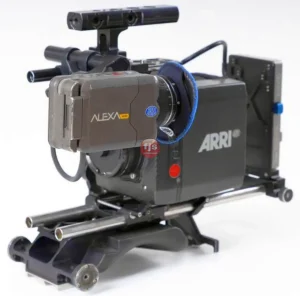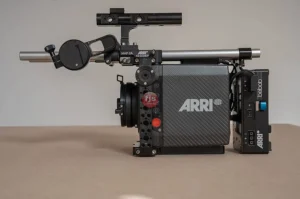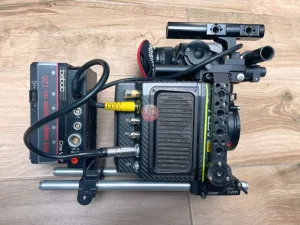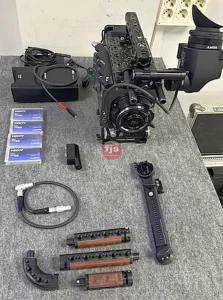Introduction
In the world of photography, lenses play a pivotal role in shaping the images we capture. Among the diverse array of lenses available, zoom lenses and prime lenses stand out as two distinct categories, each offering unique advantages and catering to specific photographic needs. Understanding the key differences between these two lens types empowers photographers to make informed decisions that align with their creative vision and shooting style.
Zoom Lenses: A Versatile Approach
Zoom lenses, characterized by their variable focal length, offer the flexibility to adjust the framing of a scene without physically changing lenses. This versatility makes them a popular choice for photographers who require adaptability and the ability to capture a wide range of perspectives within a single shooting session.
Key Features and Benefits of Zoom Lenses:
- Versatility: Zoom lenses provide a range of focal lengths, allowing photographers to switch between wide-angle, telephoto, and intermediate shots without the hassle of lens changes.
- Convenience: Zoom lenses eliminate the need for carrying multiple lenses, making them ideal for travel photography, event coverage, and situations where flexibility is crucial.
- Adaptability: Zoom lenses cater to a variety of shooting scenarios, from capturing expansive landscapes to zooming in on distant subjects.
Prime Lenses: A Commitment to Quality
Prime lenses, on the other hand, feature a fixed focal length, offering a single perspective. Despite this limitation, prime lenses are renowned for their exceptional image quality, superior optics, and wider apertures, making them a favorite among photographers who prioritize image quality and artistic expression.
Key Features and Benefits of Prime Lenses:
- Image Quality: Prime lenses typically deliver superior image sharpness, color rendition, and contrast compared to zoom lenses, resulting in exceptional image quality.
- Wider Apertures: Prime lenses often feature wider apertures, allowing for more light to enter the camera sensor, making them ideal for low-light photography and shallow depth-of-field effects.
- Creative Control: Prime lenses encourage photographers to move around and interact with their subject, fostering a more deliberate and creative approach to composition.
Zoom Lenses vs. Prime Lenses: Choosing the Right Fit
The choice between zoom lenses and prime lenses ultimately depends on the photographer’s individual needs and shooting style. Here’s a quick breakdown to guide your decision:
Zoom Lenses:
- Ideal for photographers seeking versatility and adaptability
- Suitable for travel photography, event coverage, and situations where flexibility is crucial
- Great for capturing a variety of perspectives without changing lenses
Prime Lenses:
- Preferred by photographers prioritizing image quality and artistic expression
- Excellent for low-light photography and shallow depth-of-field effects
- Encourage creative exploration and deliberate composition
Conclusion
Zoom lenses and prime lenses each offer unique advantages and cater to distinct photographic needs. Zoom lenses provide versatility and adaptability, while prime lenses excel in image quality and creative control. The choice between the two depends on the photographer’s priorities, shooting style, and the specific requirements of the photographic project. Understanding the strengths of each lens type empowers photographers to make informed decisions that align with their creative vision and capture stunning images that reflect their artistic expression.







